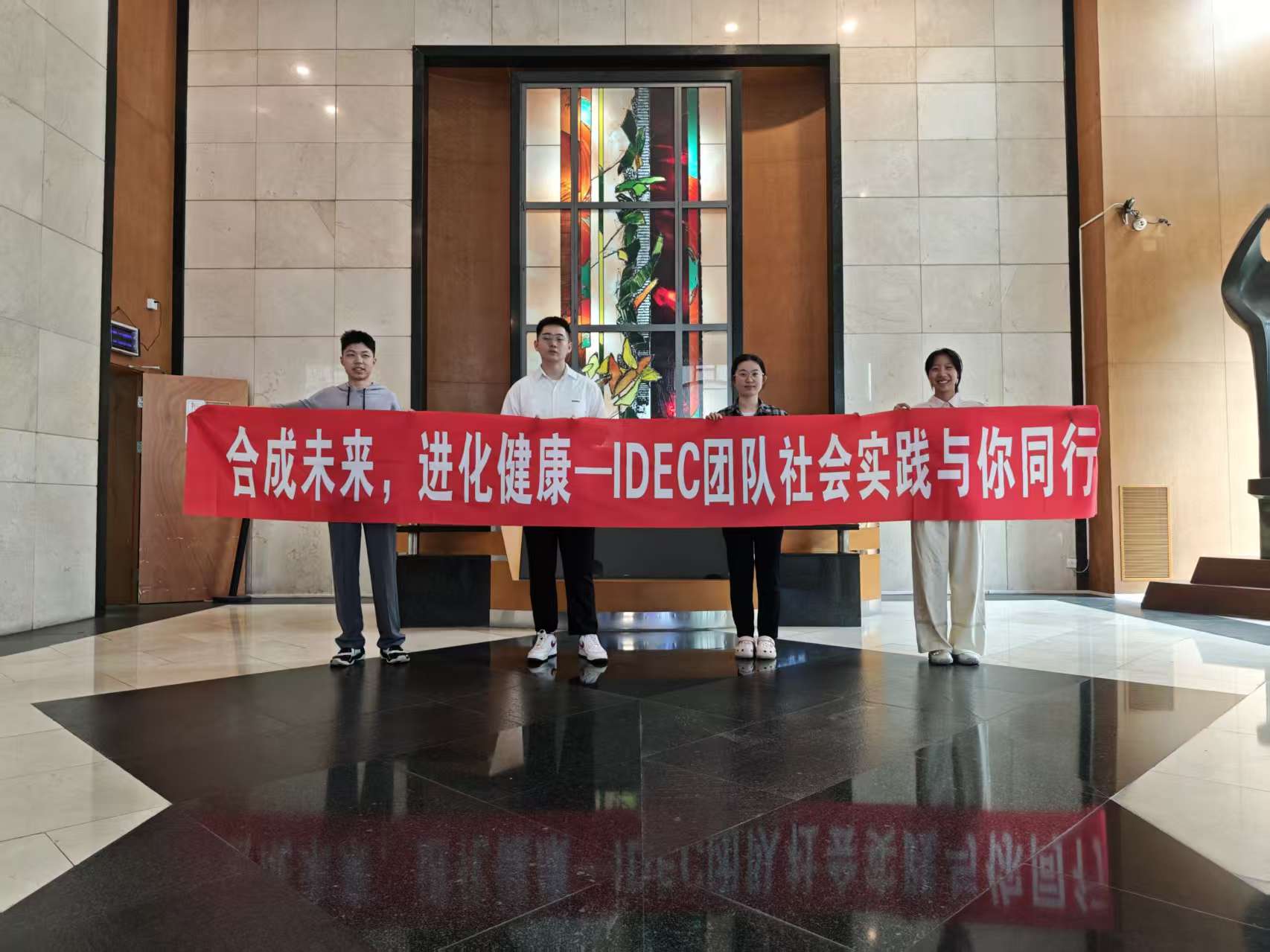For Patients
Bridging Knowledge with Compassion: Illustrating Immunotherapy for Cancer
Patients
In the local hospital, we conversed with patients suffering from tumors
and
introduced them to new approaches in tumor immunotherapy. We explained various cytokines used in
cancer treatment in plain language, complementing the explanation with hand-drawn cartoon
illustrations to aid patients’ understanding. For patients and their families who showed
interest or had a background in medical knowledge, we provided detailed information about the
application of protein design in cancer therapy and our research on modifying IL-2/15.






